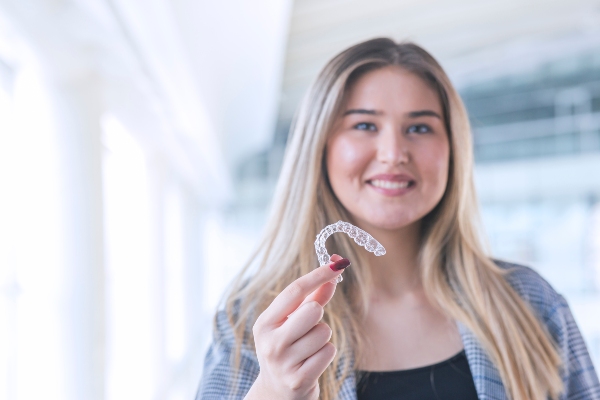 When your child has a dental emergency, a visit to a pediatric dentistry office is likely necessary. Most pediatric offices are well equipped to handle serious dental injuries. In fact, taking your child to see their regular dentist can be very beneficial. Your child can feel more at ease than they would in a new environment, and the staff will be more up to speed with your child's dental health and specific needs.
When your child has a dental emergency, a visit to a pediatric dentistry office is likely necessary. Most pediatric offices are well equipped to handle serious dental injuries. In fact, taking your child to see their regular dentist can be very beneficial. Your child can feel more at ease than they would in a new environment, and the staff will be more up to speed with your child's dental health and specific needs.
Common dental emergencies in children
Tooth and gum injuries are relatively common, especially in active children. Some situations can wait a day or two for treatment, while others require more prompt attention.
Knocked-out teeth
When your child loses a permanent tooth, time is of the essence. Preserve the tooth by placing it in a cup of milk or, if your child is old enough, have them carefully hold it in their mouth inside their cheek. This will prevent the inner tissues from dying. If a pediatric dentistry professional can see your child within an hour or so, there is a decent chance that a preserved tooth can be reinserted and saved.
Prematurely lost baby teeth may not need to be saved, but it is still important to have a dentist check for remnants and potential injuries below the surface. The dentist may fit your child for a spacer or partial denture to wear until the permanent tooth is ready to erupt, preventing alignment, speech, and digestive issues in the meantime.
Chips and cracks
Teeth with minor chips or cracks may be able to wait a few days for treatment, but any damage that exposes the softer tissues or roots requires immediate treatment. These injuries can quickly cause decay and infection, not to mention severe pain. If possible, a chipped or cracked tooth may be treated with dental bonding to fill in the gaps and reconstruct lost tissue. If the damage is severe, a dental crown may be needed instead.
Severe oral pain
If your child is complaining of sudden, severe, or chronic tooth pain, they should see a dentist promptly. Your child may be dealing with severe tooth decay that could lead to an infection. Fillings are the most common type of treatment for cavities, but if the decay has spread enough to weaken the overall structure of the tooth, a dental crown may be used instead.
Signs of infection
Dental infections should be taken very seriously. Over time, they can spread and enter the bloodstream, leading to a serious and even life-threatening condition known as sepsis. If your child develops any of these symptoms, they should be evaluated by a dentist as soon as possible:
- Severe or intense oral pain
- Swelling
- Redness
- Oozing or drainage
- Heat at the site
- The formation of a bubble along the gum line
- A fever that accompanies any of the above symptoms
Draining of the infection site, antibiotics, and tooth extraction are all possible treatments.
Conclusion
In the event of a dental emergency, contact your child's pediatric dentistry office right away. They can offer guidance and will likely be able to see and treat your child.
Request an appointment or call Precision Orthodontics & Pediatric Dentistry at 703-391-8800 for an appointment in our Reston office.
Recent Posts
A kid friendly dentist has many important jobs in your child’s oral wellness. Aside from cleaning your child’s teeth at semiannual appointments, the dentist will check on jaw and bite issues. As your son or daughter gets older, the dentist will also check on how the permanent teeth are coming in. There are ways the…
Cavity treatment for kids can help children maintain their long-term oral health. Tooth decay in children can lead to discomfort, infection, and long-term dental complications if left untreated. Fortunately, early detection and appropriate pediatric dental care can prevent complications and support healthy oral development as children grow up.Cavities develop when bacteria in the mouth feed…
An emergency pediatric dentist is a parent’s go-to resource when unexpected dental issues arise. From accidents to sudden pain, these dental providers offer specialized care to restore children’s oral health and comfort quickly. Understanding their role and the treatments they offer empowers parents to handle dental emergencies with confidence, ensuring prompt, compassionate care for every…


